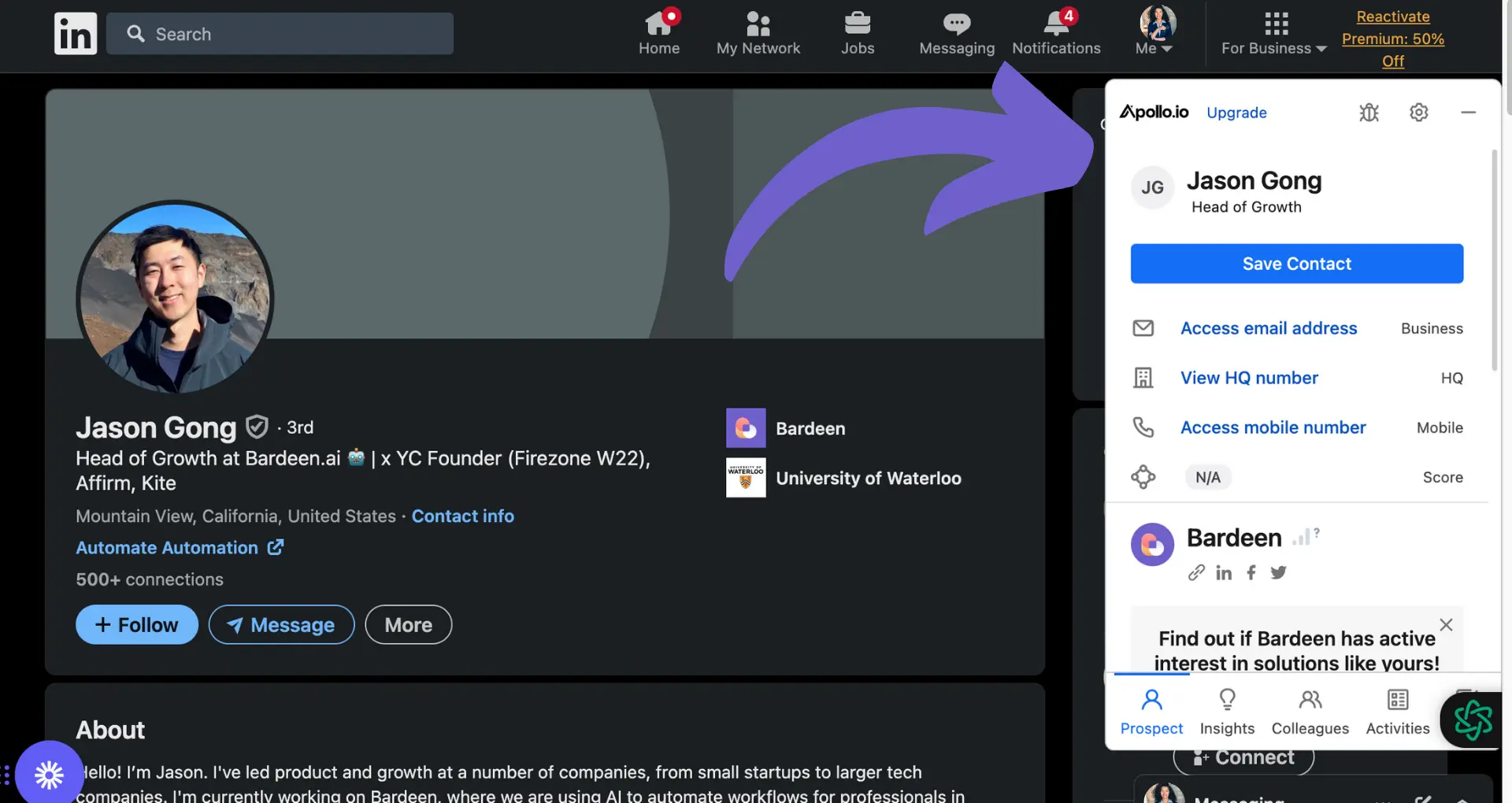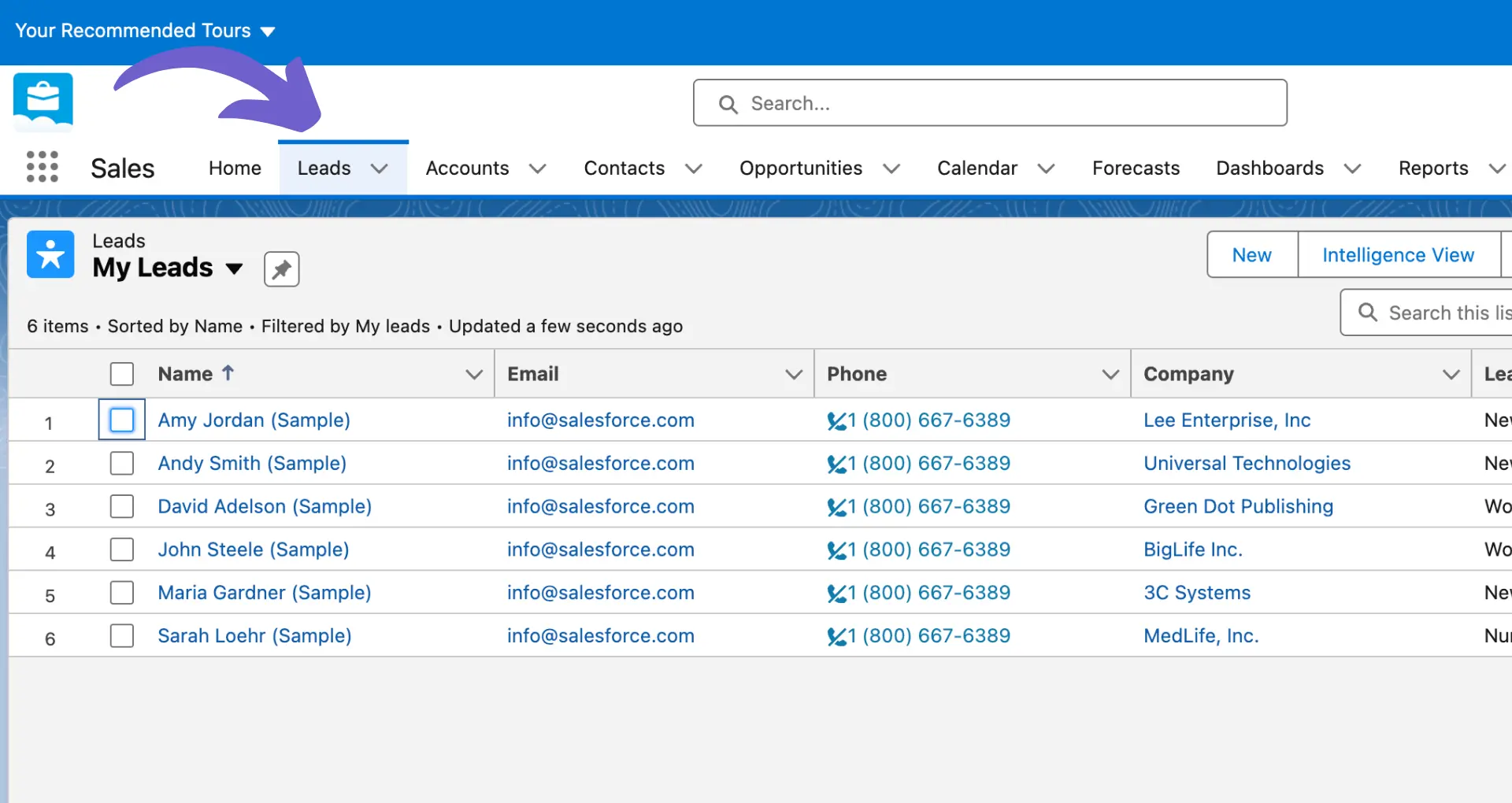Maintaining a clean and organized database in Pipedrive is crucial for efficient sales management. In this step-by-step guide, we'll show you how to delete items like deals, contacts, and activities in Pipedrive quickly and safely. By following these best practices, you'll keep your CRM data accurate and up-to-date.
Introduction to Deleting Items in Pipedrive
Keeping your Pipedrive database clean and up-to-date is essential for efficient sales management. Over time, your CRM can become cluttered with outdated or irrelevant information, making it harder to find the data you need. Regularly deleting unnecessary items helps you maintain a lean, organized database that supports your sales process. For effective sales processes, consider using prospect list building tools to keep your data relevant.
In Pipedrive, you can delete various types of items, including:
- Deals that have been lost, won, or are no longer relevant
- Contacts that are outdated, duplicated, or no longer engaged
- Activities that have been completed or are no longer needed
By removing these items, you can focus on active deals, engaged contacts, and upcoming activities that drive your business forward. In the following sections, we'll walk you through the steps to delete items in Pipedrive quickly and safely, so you can keep your database in top shape. For more tips on managing your leads effectively, check out lead enrichment and qualification automation.
How to Delete Deals in Pipedrive
Deleting deals in Pipedrive is a straightforward process, but it requires the correct permissions. To delete deals, you must be a deal admin or a regular user with the "Delete deals" permission enabled. Account settings admins can grant this permission by going to Settings > Manage users > Permission sets and enabling the "Delete deals" option for the relevant user group.
To delete a single deal from the deal detail view:
- Open the deal you want to delete by clicking on its name.
- Click the "..." button in the upper right corner of the deal detail view.
- Select "Delete" from the dropdown menu.
- Confirm that you want to delete the deal in the prompt that appears.
You can also delete a deal directly from the pipeline view:
- Navigate to the deals tab and switch to the pipeline view.
- Click and hold the deal you want to delete.
- Drag the deal to the bottom of the screen, where the "Delete" button appears.
- Release the mouse click when hovering over the "Delete" button.
To delete multiple deals at once from the list view:
- Go to the deals tab and select the list view.
- Use the checkboxes on the left side of the screen to select the deals you want to delete.
- Click the trash can icon that appears above the list view.
- Confirm that you want to delete the selected deals in the prompt that appears.
Automate time-consuming tasks in Pipedrive with Bardeen's sales prospecting tools. Save time and focus on closing more deals.
Keep in mind that deleted deals can be restored within 30 days of deletion. After 30 days, the deals are permanently deleted and cannot be recovered. For more tips on managing your sales pipeline, check out our sales prospecting automation guide.
Bulk Deleting Contacts and Activities
Pipedrive allows you to delete multiple contacts or activities at once using the bulk delete feature in the list view. This can save you time when you need to clean up your database or remove outdated information. Here's how to bulk delete contacts and activities:
- Navigate to the contacts or activities tab and switch to the list view.
- Use the checkboxes on the left side of the screen to select the items you want to delete. You can also select all items on the current page by clicking the checkbox in the header row.
- Once you've selected the desired items, click the trash can icon that appears above the list view.
- Confirm that you want to delete the selected items in the prompt that appears.
It's important to note that deleting contacts can have implications for ongoing deals or activities. When you delete a contact, any deals or activities associated with that contact will no longer have a contact linked to them. This can make it difficult to track the progress of those items or communicate with the relevant parties.
To avoid losing important information, consider reassigning deals or activities to a different contact before deleting the original contact. You can also use filters to find and update deals that are missing a contact after a bulk deletion.
Remember that deleted contacts and activities can be restored within 30 days of deletion. After 30 days, the items are permanently deleted and cannot be recovered, so be sure to double-check your selections before confirming a bulk deletion.
Using Filters for Efficient Deletion
Pipedrive's filtering feature is a powerful tool for quickly finding and deleting outdated or irrelevant items in your database. By using filters, you can create specific criteria to isolate the items you want to remove, saving time and effort compared to manually searching for them. AI sales automation tools can also help streamline this process.
To use filters for efficient deletion, follow these steps:
- Navigate to the list view for the type of item you want to delete (e.g., deals, contacts, or activities).
- Click on the filter dropdown menu and select "Add new filter."
- Set up your filter conditions based on the criteria that match the items you want to delete. For example, you might filter for deals that have been lost or contacts that haven't been updated in a certain period.
- Once you've created your filter, review the resulting list of items to ensure they're the ones you want to delete.
- Use the checkboxes to select the items you want to remove, then click the trash can icon to delete them.
Here are some examples of useful filters for segregating items that need deletion:
- Deals that have been lost or haven't been updated in the last 6 months
- Contacts without any associated deals or activities
- Activities that are marked as completed and are older than a year
- Products that have been discontinued or are no longer offered
By using these targeted filters, you can quickly identify and remove outdated or irrelevant information, keeping your Pipedrive database clean and efficient. Remember to regularly review and update your filters to ensure they remain relevant to your current needs and goals. For more tips, check out our guide on sales prospecting automation.
Bardeen's playbooks can save time by automating repetitive tasks in Pipedrive. Simplify your workflow with automated lead generation.
Restoring Deleted Items in Pipedrive
Pipedrive offers a 30-day recovery window for accidentally deleted deals or contacts, allowing you to restore them if needed. To restore a deleted item, follow these steps:
- Navigate to the detail view of the deleted deal or contact.
- Click on the "Reopen" button located in the upper-right corner of the page.
- The item will be restored to its original state, including the stage it was in when deleted (for deals).
It's important to note that only admin users have the ability to restore deleted items. If you don't have admin permissions, you'll need to contact an admin or Pipedrive support for assistance.
Keep in mind that after the 30-day recovery period, deleted items are permanently removed from the system and cannot be restored. To avoid losing important data, regularly review and manage your deleted items within this timeframe.
For bulk restoration of deleted deals, you can:
- Use filters to find the deleted deals in your Pipedrive account.
- Select the deals you want to restore using the bulk edit functionality.
- In the bulk edit panel, find the "Status" field and change it from "Deleted" to "Open."
- Click "Edit deals" to save the changes and restore the selected deals.
By understanding the restoration process and its limitations, you can effectively manage and recover deleted items in Pipedrive when necessary, ensuring your database remains accurate and up-to-date. Learn more about how you can automate your sales outreach with the right tools.
Best Practices for Managing Pipedrive Deletions
To ensure your Pipedrive database remains efficient and clutter-free, it's essential to adopt best practices for managing deletions. Here are some strategic tips:
- Regularly review your data: Schedule periodic audits of your Pipedrive account to identify outdated, irrelevant, or duplicate information that can be deleted.
- Set clear criteria for deletion: Establish guidelines for when data should be deleted, such as deals that have been lost or inactive for a specific period, or contacts no longer relevant to your business.
- Use filters to streamline the process: Leverage Pipedrive's filtering capabilities to quickly find items that meet your deletion criteria, making the process more efficient.
- Delete in stages: If you have a large amount of data to delete, consider breaking it down into smaller batches to avoid overwhelming the system and to minimize the risk of accidental deletions.
- Communicate with your team: Ensure that all users are aware of the deletion policies and procedures to maintain consistency and prevent unintended data loss.
In addition to these best practices, it's crucial to perform regular clean-ups of your Pipedrive database. This helps to:
- Improve data accuracy and reliability
- Reduce storage costs and improve system performance
- Enhance user experience and productivity by making it easier to find relevant information
- Ensure compliance with data privacy regulations
By incorporating these best practices and conducting regular clean-ups, you can optimize your Pipedrive database, leading to better decision-making, increased efficiency, and ultimately, improved sales performance. For more tips on automating your workflows and improving productivity, check out our guide on sales prospecting automation.
Bardeen can help you save LinkedIn profiles to Notion, making it easy to manage and organize your contacts effectively. Try it today to enhance your data management.






